I've got a question about the implementation of a double integral in MATLAB.
It's known that

Making use of
k1 = 1E-04:0.001:1E+04; k2 = 1E-04:0.001:1E+04; k3 = 1E-04:0.001:1E+04;
the above procedure(calling the formula of F11,F22 and F33) leads to the results shown below:

Now comes the question:
I would like to achieve the same results by means of a double integral (or nested single integral in k2 and k3) involving only phi11,phi22 and phi33, hence without calling directly the formula for F11, F22 and F33.
Up to now I'm using this code (restricted to F11 calculation):
clc,clear all,close all
k1 = (1E-04:0.01:10000);
k2 = (1E-04:0.01:10000);
k3 = (1E-04:0.01:10000);
F_11_benchmark = ((9/55)*1.453)*(1./(1+k1.^2).^(5/6));
count = 0;
F_11 = zeros(1,numel(k1));
for i = 2:numel(k1)
count = count + 1;
phi_11 = @(k2,k3) (1.453./(4.*pi)).*((k2.^2+k3.^2)./((1 + k1(count).^2 + k2.^2+k3.^2).^(17/6)));
F_11(count) = dblquad(phi_11,k2(i-1),k2(i),k3(i-1),k3(i));
end
not leading to the same benchmark results shown in the last figure.
How would you suggest to tackle this problem? I thank you in advance.
Best regards, FPE